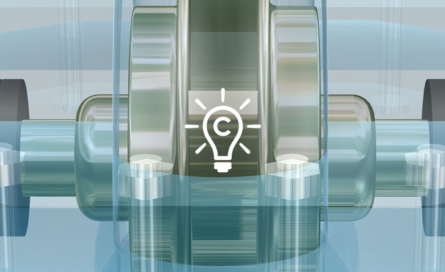About the Author
Jason Tranter is the founder and CEO of Mobius Institute. Jason is the author of the majority of the Mobius Institute training courses and e-learning products covering reliability improvement, condition monitoring, and precision maintenance topics. Over 43,000 people (as of 2021) have been formally trained in these courses, and many thousands more have been educated via the elearning courses. Plus, thousands have read articles, attended conference presentations, and watched videos and webinars on many sites, including cbmconnect.com, reliabilityconnect.com, Mobiusconnect.com and YouTube (over 1.3 million views).
READ FULL BIO
 The vibration spectrum can provide a clear indication of certain fault conditions, but when you see a large peak at the running speed (1X) what will your diagnosis be? What if you also see peaks at 2X and 3X? Now, if you are monitoring a large fan with a history of the build-up on the fan blades, then you may reasonably conclude that the high 1X peak indicates unbalance. But in the more general case, how do you distinguish between unbalance, bent shaft, looseness, resonance, eccentricity, misalignment, cocked bearing, and other fault conditions? This is where phase analysis is your friend.
The vibration spectrum can provide a clear indication of certain fault conditions, but when you see a large peak at the running speed (1X) what will your diagnosis be? What if you also see peaks at 2X and 3X? Now, if you are monitoring a large fan with a history of the build-up on the fan blades, then you may reasonably conclude that the high 1X peak indicates unbalance. But in the more general case, how do you distinguish between unbalance, bent shaft, looseness, resonance, eccentricity, misalignment, cocked bearing, and other fault conditions? This is where phase analysis is your friend.





how to find resonance using phase analysis